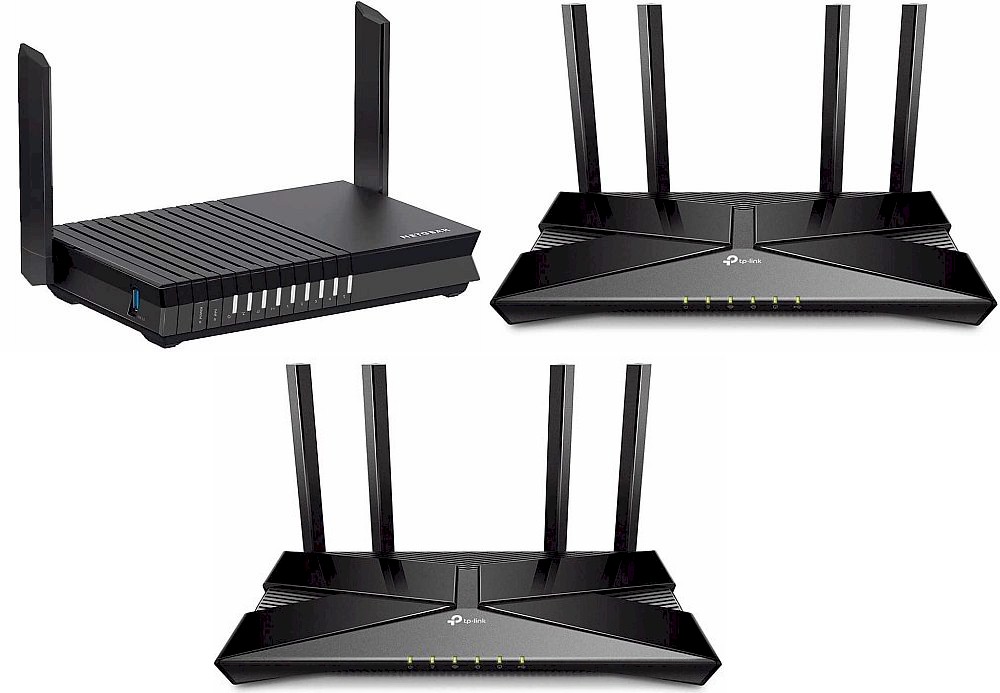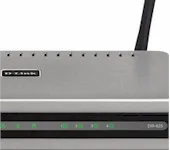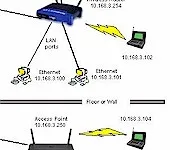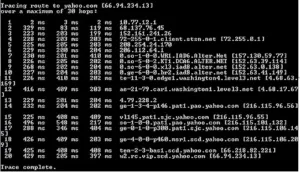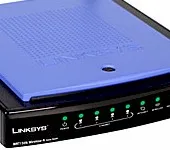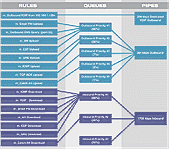Reader Peter Bell didn’t just complain about the fan noise of this inexpensive NAS. He did something about it!
The D-Link DIR-625 has been added to the Router and Wireless Charts. The DIR-625 is one step up from D-Link’s entry-level draft 802.11n DIR-615.
The 625 is also a two-antenna design (2T2R) with a four port 10/100 switch. But it has a different Ubicom processor that yields 100 Mbps wire-speed unidirectional routing throughput and 144 Mbps of total simultaneous up/downlink throughput. It also maxed out our Maximum Simultaneous Connections test at 200 connections.
We show you how to improve your wireless network’s coverage by adding an access point to work in harmony with your main wireless router.
I’ve covered some of the basic elements of Multicasting, such as IGMP and the Layer 2 switching components in my previous posts (Part 2). This article will go into the technology behind Multicasts at Layer 3 and some of the issues limiting wider use of Multicast technology.
As you recall in my first post, I observed that Yahoo’s transmissions of live NHL games would seem to be good candidates for Multicast, yet were being sent as unicast. Then I covered the simple issue of enabling Multicast within a local area network. Coming full circle, here we are diving into Multicast technology to understand why it isn’t more widespread.
Brandon Teska walks you through using this award-winning open source SSL VPN to securely link two networks over the Internet.
Linksys today finally publicly announced its WIP310 Wireless-G IP iPhone. The 802.11b/g SIP phone first showed up in the FCC ID database in late 2006, but was only previewed with select customers during last year. The “candy bar” style phone has a 1.8″ backlit color LCD screen and is spec’d at 3 hours of talk … Read more
The Linksys WRT150N V1.1 has been added to the Router and Wireless Charts. This is Linksys’ least-expensive draft 802.11n router, which is being replaced by the WRT160N when current stock is exhausted.
The D-Link DIR-615 has been added to the Router Charts and will be added to the Wireless Charts shortly. This is D-Link’s least-expensive draft 802.11n router.
Apple today released a draft 802.11n version of its AirPort Express mobile base station. The new version has all of the features of its predecessor and now incorporates a dual-band draft 2.0 802.11n radio. It is available now for $99.
Contest #16 has ended. The winner of the Belkin F5D5141-8 8 Port Gigabit Switch is Eli Rice with the correct answer of Vitesse VSC7388. Note that due to an article error, an answer of Vitesse VSC7338 was also acceptable. Congratulations, Eli!
Part 1 of this series covered VoIP basics and introduced the topic of Quality of Service. This time, we look at Traffic Shaping and Power Considerations.
I don’t seem to have any luck getting Wi-Fi Protected Setup (WPS) to work in any of the products I’ve tested that allegedly support it. And since the Wi-Fi Alliance seems to have me on its "Do Not Talk To" list, I’m turning to our readers, who tend to be a pretty knowledgeable bunch, for wisdom.

